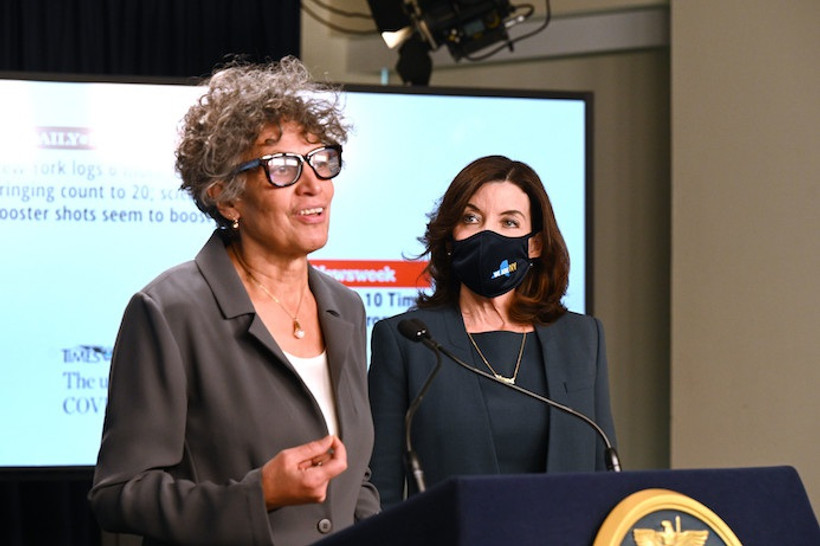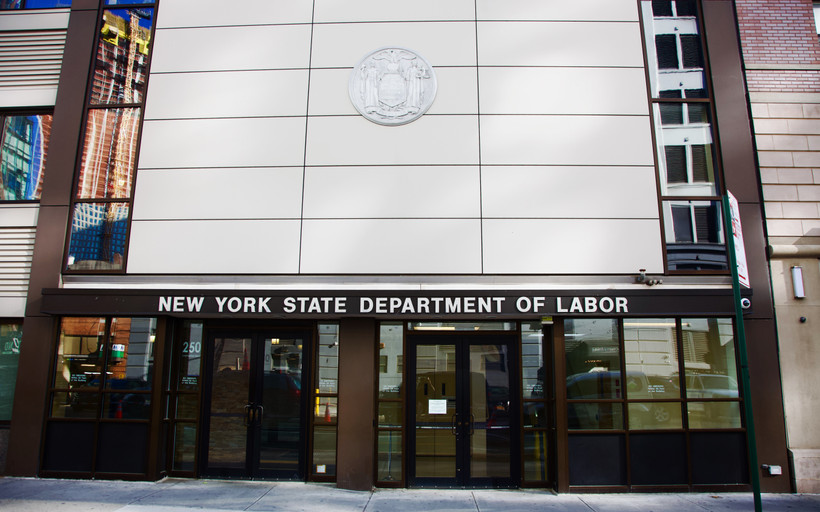Why Isn’t New York Enforcing Its Nurse Staffing Law?
The state health department has delayed implementing a landmark staffing law, as nurses say they’re overwhelmed and hospitals point to a workforce shortage.

Published in partnership with City & State.
Published in partnership with City & State.

Update: On Feb. 16, after this article was initially published, the state health department officially proposed a version of the ICU regulation that was incorporated in the staffing committee process, rather than the standalone rule the legislation had provided for. Unions had warned that discrepancy would in effect delay the implementation of the ICU regulation to 2023.
Asked whether the proposed ICU regulation would delay implementation to 2023, DOH spokesperson Jill Montag did not directly respond, but pointed to separate legislation whose implementation had been suspended: “Due to the current workforce shortage in the healthcare industry, New York State has suspended other similar statutes and regulations via Emergency Executive Orders until such time as the workforce crisis subsides.”
The public comment period will last until April 18, at which point the health department will have another chance to alter the language of the law before it becomes final.




